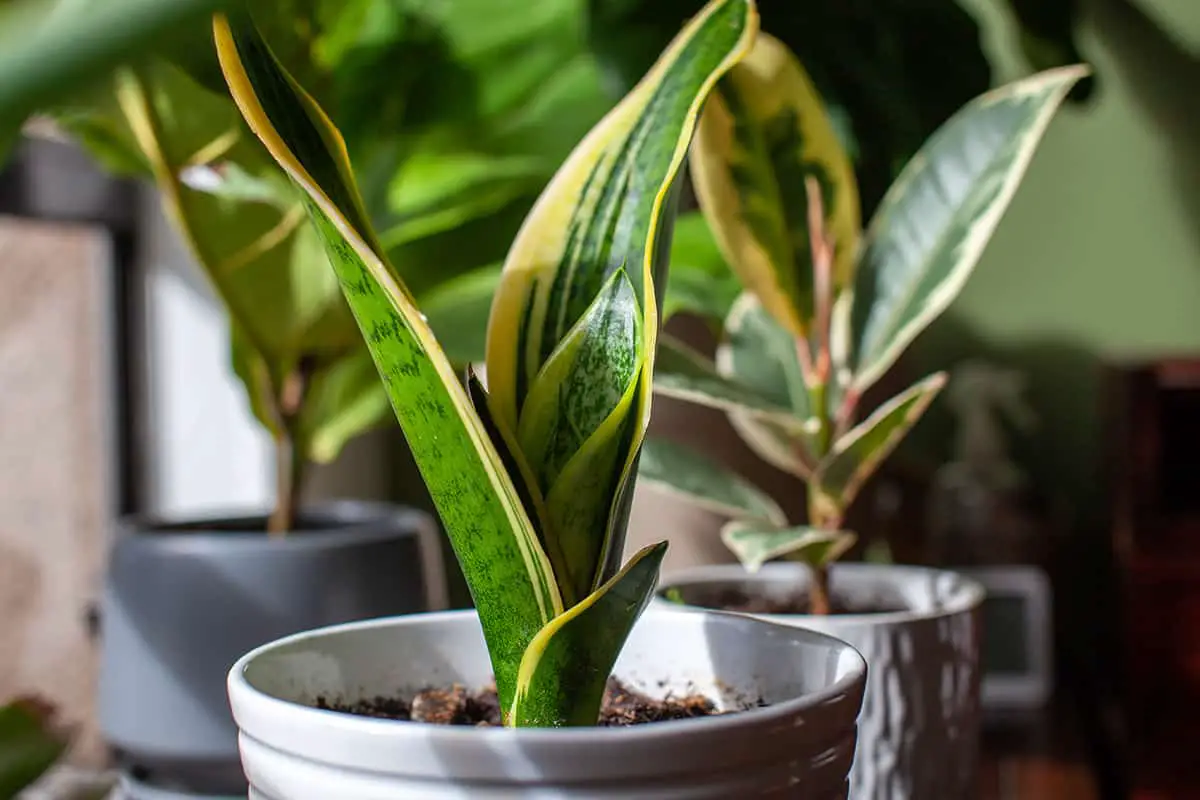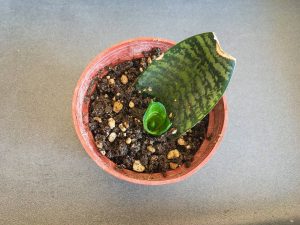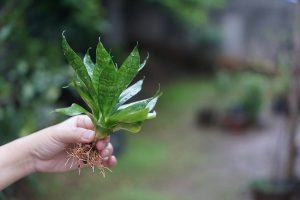Snake plants are extremely slow-growing plants, with the larger varieties growing by just 1 to 2 inches in height each year. As a result, it’s quite rare to see very big examples of these plants, and in nurseries, they will most commonly be sold at about 1 foot in height, but tall snake plants do exist. In fact, some snake plants can reach heights of up to 8 feet. Here we look at the mature size of a variety of different types of snake plants.
The eventual size of a snake plant is going to depend largely on the variety of snake plants you are growing, along with the care you are giving it. Snake plants can tolerate low lighting levels, and as a result, they are often grown as houseplants in darker corners of the home.
However, snake plants which do not get a lot of light are likely to be smaller than those in brighter spots. Some varieties of snake plants can grow to 8 feet tall when grown outdoors, while those kept inside are more likely to top out at 5 feet.
Table of Contents
Varieties and Snake Plants and Their Ultimate Sizes
Sansevieria trifasciata ‘Laurentii’

This is probably the most common and easily recognizable snake plant that is grown as a houseplant across the world. It can be identified by its dark green, stiff upright foliage, with leaf margins that vary from a pale buttery yellow through to bright yellow.
This is one of the bigger varieties of snake plants, which will typically reach heights of between 4 and 5 feet when grown indoors, though it can get taller when kept outside. If you have this snake plant and are concerned about it getting too big, then move it to a darker space in your home, which will slow its growth even further. Alternatively, you can prune this snake plant and use the cuttings for propagation.
Sansevieria trifasciata ‘Hahnii’
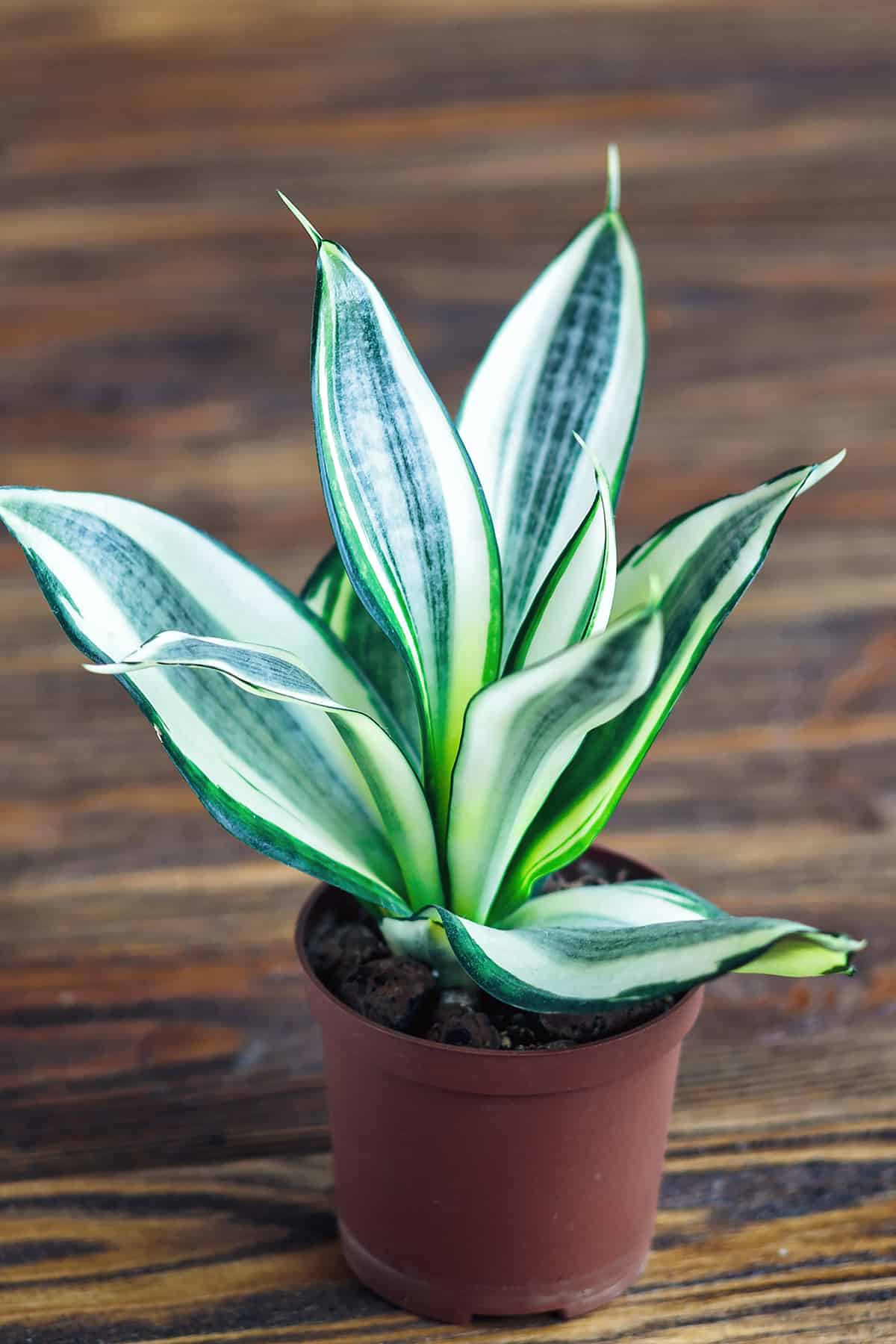
This is a dwarf type of snake plant that will typically reach a mature size of between 6 inches tall, though in rare circumstances, it has been known to reach heights of 12 inches.
It is commonly known as ‘Bird’s Nest Snake Plant’ because of the way its foliage spreads out into a cup shape, reminiscent of the shape of a bird’s nest. The foliage of this plant is dark green with a pale green mottling, growing together in dense clumps. The small nature of this type of snake plant makes it ideal for growth on a shelf or side table.
Sansevieria trifasciata ‘Twisted Sister’
This snake plant is commonly known as ‘Snake Plant Twist’, because of the way the foliage curls around in spirals as it grows. In terms of foliage color, the Sansevieria trifasciata ‘Twisted Sister’ is almost identical to the leaf color on the Sansevieria trifasciata ‘Laurentii’. Aside from the twisting habit, the main difference between these two snake plants is their mature size. This plant is much smaller, growing to eventual heights of between 1 and 2 feet. The spread on this plant will typically reach a width of 1 foot.
Sansevieria ballyi

This miniature snake plant more closely resembles other types of succulents than snake plants, as its foliage has a distinctly different look and habit. In fact, sometimes, it can be mistaken for an Aloe Vera plant.
This plant is commonly known as the Dwarf Snake Plant because it grows to just 6 inches in height. It produces curved, almost cylindrical foliage which reaches a point at the tips. The foliage spreads out into a rosette to form a star-like shape, and it gently curves downwards.
Sansevieria Masoniana

This type of snake plant is commonly known as ‘Whale’s Fin’, and one look at the foliage instantly tells you exactly how it got this name. The leaves of this plant are very broad and come to a point like most snake plant leaves, making them appear just like the shape of a whale fin.
The leaves of this plant are also very large, which is another way they can be compared to the whale. Although this plant is something of a monster in size, it actually doesn’t grow to be as tall as some of the more common snake plants. When grown indoors, the typical height of the Sansevieria Masoniana is 3 feet.
Sansevieria cylindrica var. Patula
This is a small type of snake plant, with fleshy cylindrical leaves which are short and chubby. Unlike the Sansevieria cylindrica whose foliage grows directly upwards in a vertical position, this plant has leaves that spread outwards. As such, it has gained the common name of ‘Starfish Sansevieria’. This snake plant will grow to heights of around 10 inches, making it a nice mid-sized plant to display on a shelf.
Sansevieria trifasciata ‘Moonshine’
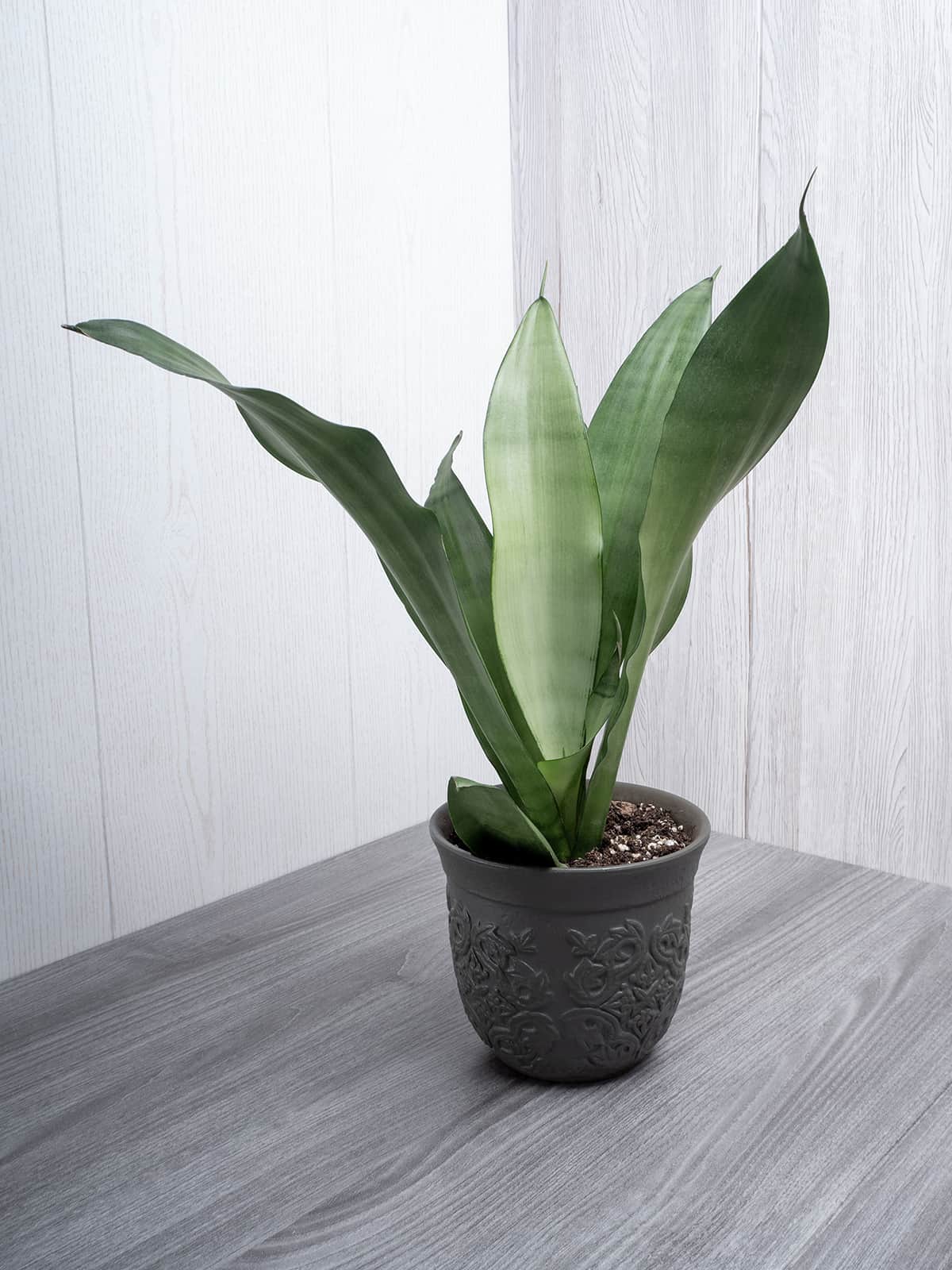
This snake plant can be easily identified by its pale silvery green foliage, with very subtle banding running horizontally across the leaves. It has a very contemporary appeal that works well with modern interiors. It is also a very manageable size, growing to maximum heights of around 2 feet. If you want a snake plant that will make an architectural impact in your home but don’t want to outgrow its space, then this could be the one for you.
Sansevieria trifasciata ‘Futura robusta’
This snake plant has an upright habit, though the leaves can twist slightly and lean outwards to give it a more casual look compared with some other snake plants. The foliage of this plant is gray-green in color, with some mottled variegation in darker green and silver. It grows up to heights of 2 feet in height and 1 foot in the spread.
How to Make a Snake Plant Grow Taller
Snake plants are notoriously slow-growing plants, which can be very infuriating when you want to see your plant mature and reach its potential. The larger varieties of snake plants grow in height by just 1 or 2 inches a year, while the smaller varieties will be significantly less than this. While nothing will make a snake plant suddenly shoot upwards, there are things you can do to encourage faster growth.
Provide bright light
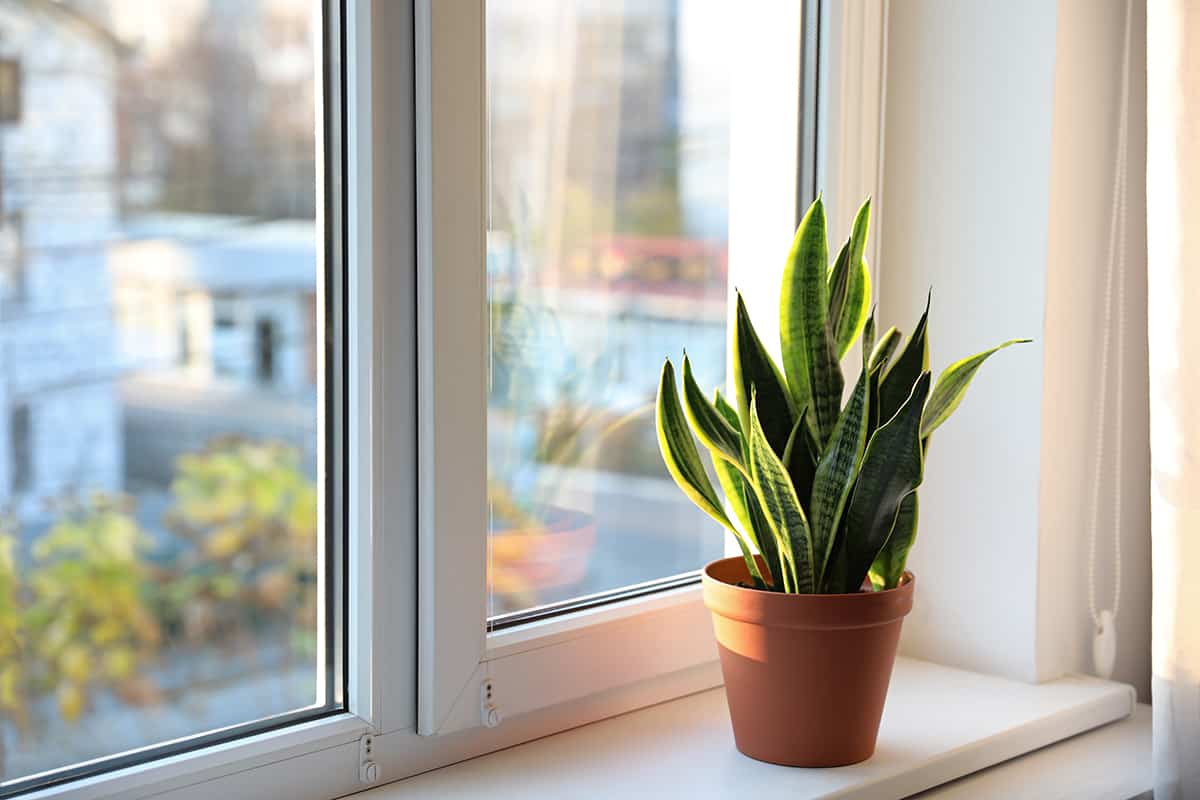
Snake plants can tolerate low light, but this doesn’t mean low light works best for them; it simply means they won’t die due to a lack of light. If you want your snake plant to thrive and grow bigger, you should put it in a position where it will get plenty of bright, indirect light. This could be on a windowsill in an east or west-facing room, with sheer drapes to filter the light, or it might be 8 feet away from the window in a south-facing room.
Set it free (within reason!)
Snake plants love being outside, and they will grow best in this atmosphere. If your climate is warm enough, take your plant outside during summer to help it grow.
Feed it
Snake plants don’t need fertilizer, but they can benefit from the nutrients it provides. Feed your plant a diluted liquid fertilizer once a month throughout spring and summer to encourage growth. Stop feeding during fall and winter, when the snake plant needs to rest.
